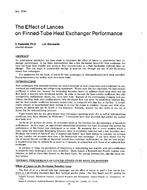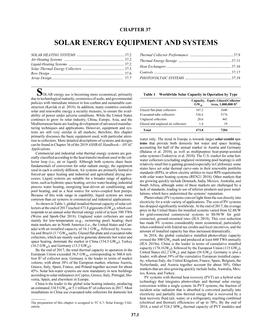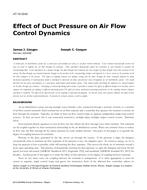Click here to purchase
Photocatalytic oxidation (PCO) based air filters have been receiving increased attention because of its potential for indoor air cleaning. However, the formation of undesired by-products leads to the slow commercialization of this technology. Acetaldehyde and formaldehyde were the two typical by-products. By literature review, a database of gaseous by-products generated from the PCO process was established to explain systemically, the impacts of operational conditions and catalyst features on the by-product formation. Generation of by-products relyed on the challenging VOC types and inlet concentrations. The levels of by-products increase with airflow rates (a decrease of residence time). Relative humidity (RH) would quantitively and qualitatively influence the by-product formation. The development of modified catalysts would help inhibit by-product generation. Compared with TiO2 and P25, Carbon-doped TiO2 or Ce-doped P25 showed better performance on both removal efficiency promotion and by-product prevention. However, some modified materials, such as fluorinated P25, aiming to increase the VOCs removal efficiency, would generate higher concentrations of by-products than P25. This review focuses on a better understanding of the PCO by-product generation mechanism, thereby assisting ASHRAE to establish a proficient testing and evaluation standard of PCO air cleaners.
Citation: 2021 Virtual Conference Papers
Product Details
- Published:
- 2021
- Number of Pages:
- 9
- Units of Measure:
- Dual
- File Size:
- 1 file , 920 KB
- Product Code(s):
- D-VC-21-C055


